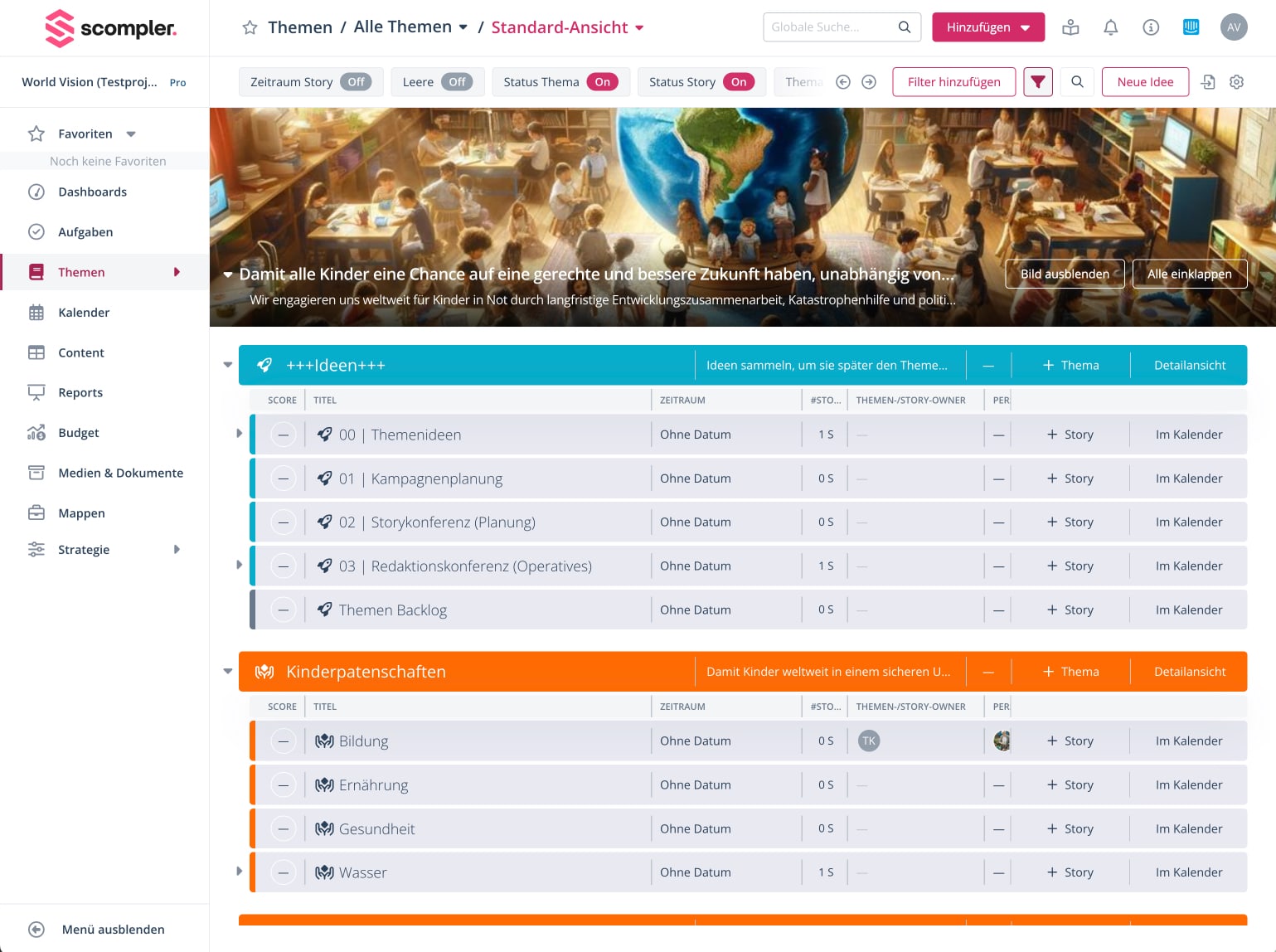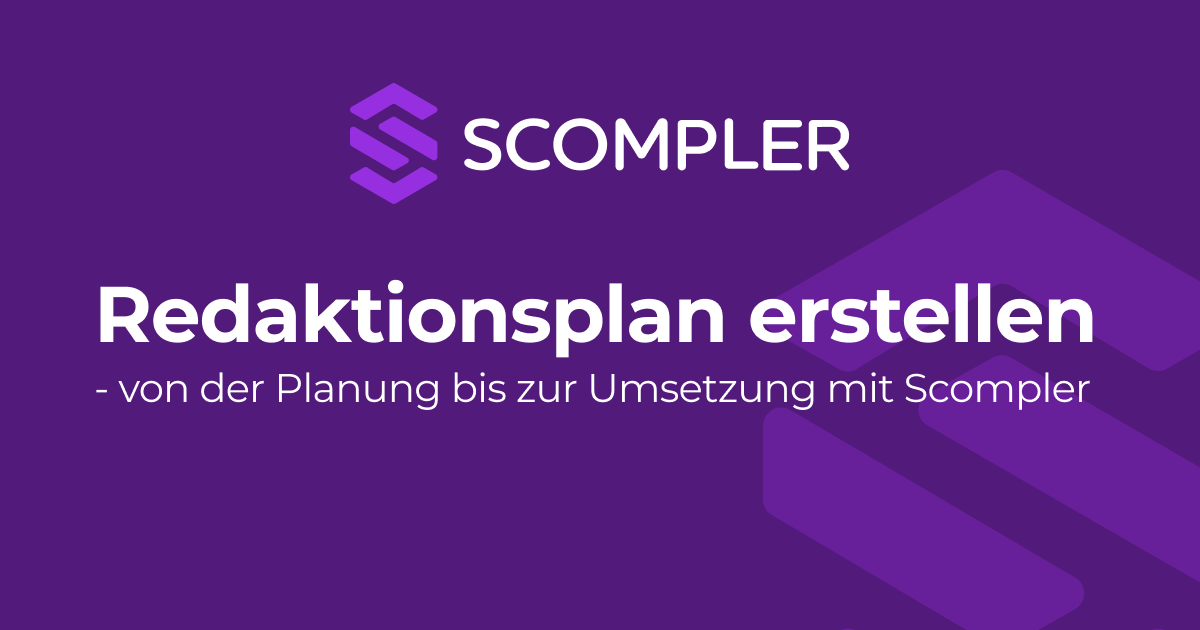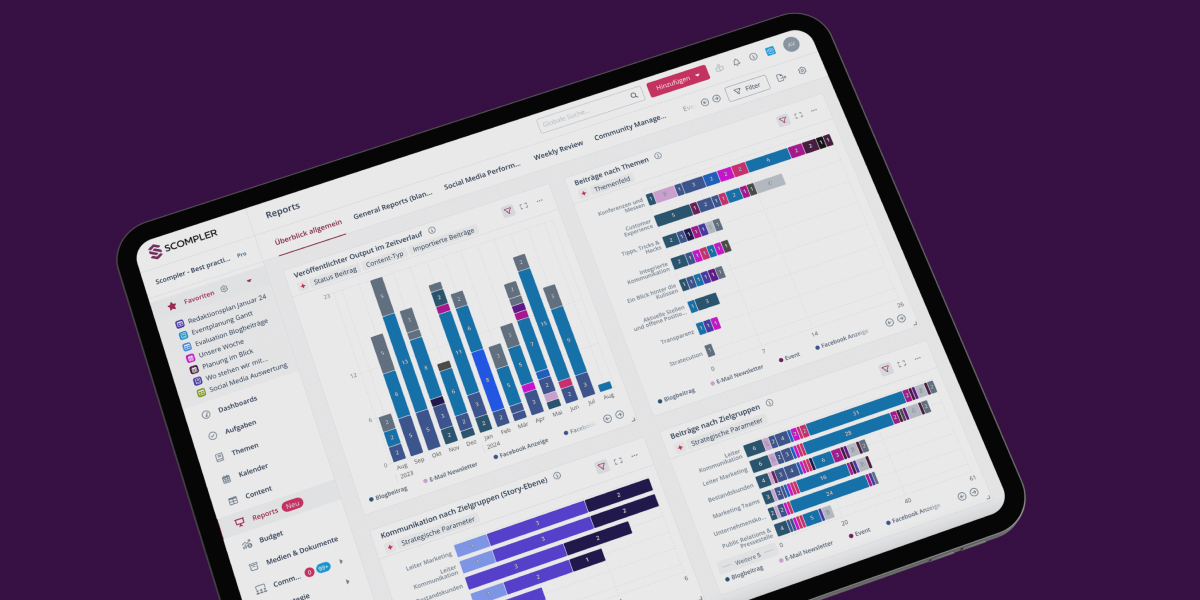Definition of
What is an editorial plan?
An editorial plan is a strategic document that systematically organizes the creation and publication of content. When you create an editorial plan, you define precisely what content will be published when, where and how. A well-thought-out editorial plan guarantees consistency and quality of content and ensures that all marketing goals are achieved. It is therefore indispensable for a successful content marketing strategy.
A carefully prepared editorial plan is also very important for social media marketing in order to plan and publish content precisely. It enables you to:
Maintain a clear overview of the planned content
Ensure that content is published regularly and in a targeted manner
Structure content to best meet the needs of your target group
Structured planning enables you to make an effective contribution to achieving your marketing goals. A well-implemented editorial plan strengthens your position as a reliable and thorough source of information and solution partner.

Create an editorial plan in 7 steps
An editorial plan is an indispensable tool in a content marketing strategy for marketing teams, digital marketers, content creators and social media managers. But how do you create an effective editorial plan? In this comprehensive guide, we take you step-by-step through the entire process - from planning to implementation - and show you how to achieve this efficiently using Scompler and other tools.
Step 1: Define goals
Before you create your editorial plan or start planning your social media editorial plan, you should be clear about your goals. What are your intentions with your content? Do you want to generate more traffic, increase customer loyalty or raise brand awareness? Define clear and realistic goals that fit your marketing strategy. These will serve as a guide for the selection of topics and channels.
Step 2: Identify target group
Another important step is to identify your target group. Ask yourself the following questions: Who are your potential customers? What interests and needs do they have? Which channels are best for reaching them? This information will help you to select relevant topics for your target group and determine the right channels for publication.
Step 3: Define content types
There are different types of content such as blog posts, infographics, videos or newsletters. Think in advance about which content types you want to use to best meet your goals and the needs of your target audience. A combination of different content types can also be helpful to keep the attention of your readers.
Step 4: Find topics
Choosing the right topics is crucial to the success of your editorial plan. When you create an editorial plan, make sure that the topics are relevant and interesting for your target group. These could be current trends or issues in your industry, for example. Use tools such as Google Trends or BuzzSumo to identify relevant and popular topics.
Step 5: Create publication plan
Once you have defined your goals, target group, content types and topics, you can now create a publication plan. In this plan, you should specify in detail when and where which content will be published. Also consider the frequency of publication and when your audience is most active.
Step 6: Involve the team
An editorial plan should not be created by one person alone. It is important to include different perspectives and ideas. Therefore, work together with your team and define clear roles and responsibilities. With Scompler , you can easily involve your team in the creation process and work together on an editorial plan.
Step 7: Implementation and monitoring
Once your editorial plan has been created, it's time to implement it! Make sure that everyone involved is informed about the plan and that deadlines are met. Regularly monitor the performance of your content to see if your goals are being met. If necessary, adjust your editorial plan to improve its effectiveness.
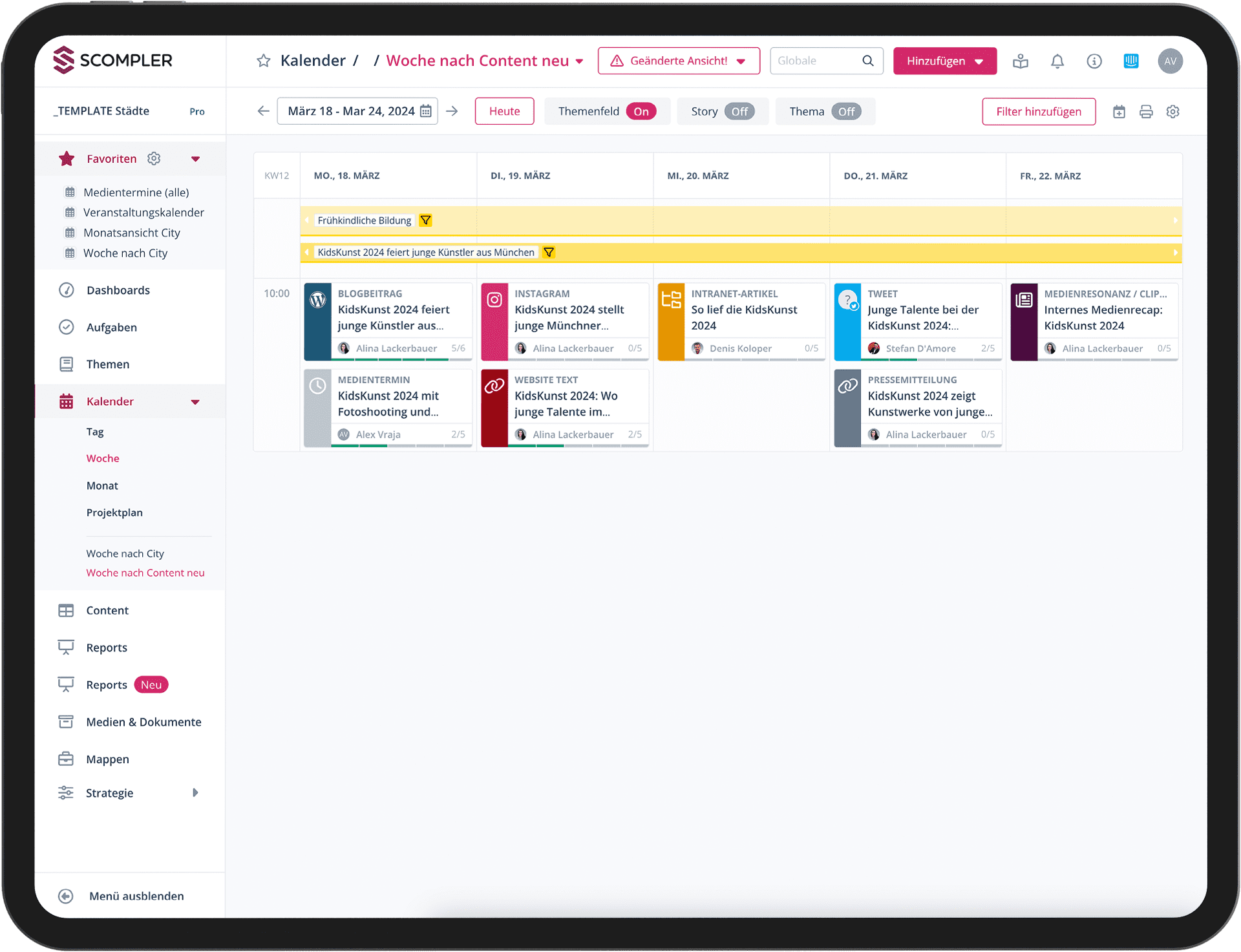
Scompler App: Dashboard calendar overview
Advantages of an editorial plan
A well-designed editorial plan offers numerous benefits for your company or brand. Here are some of the most important reasons why you should create an editorial plan:
An editorial plan helps you to better structure and organize your content. This also facilitates collaboration within the team.
By planning in advance, you can save time and concentrate on creating high-quality content.
By planning in advance, you can ensure that there are no gaps or duplicate content in your content.
Ensuring continuous and consistent publication of content. Better planning and organization of tasks and deadlines. By planning in advance, content can be better researched, revised and optimized to meet the needs of the target audience. This leads to higher quality and relevance of content.
Integrating an editorial plan into the company's overall strategy ensures that all communication measures are coordinated. This promotes coherent and consistent communication to the outside world, which helps to strengthen the brand message.
Larger marketing teams in particular benefit from the ability to coordinate all communication channels and activities centrally. Clearly defined responsibilities and better team coordination help to identify and exploit synergies.
With an editorial plan, you can ensure that all your content fits your marketing goals and is therefore more effective. A well-structured editorial plan promotes collaboration within larger marketing teams by clearly distributing tasks and responsibilities. This reduces misunderstandings and ensures that all team members are on the same page.
For larger teams, efficient use of available resources is crucial. Editorial plans enable the targeted allocation of resources, which increases productivity and avoids unnecessary duplication of work.
An editorial plan supports the long-term planning, tracking and analysis of the performance of content strategies. It gives larger teams the opportunity to measure and, if necessary, adjust company-wide communication goals in addition to marketing activities.
Create content for an editorial plan
A comprehensive editorial plan should include the following elements:
Topic and title of the content
Target group
Publication date
Keywords
SEO strategy
Status
Channels
Author and responsible person
Aim of the content

Create a social media editorial plan
Creating a social media editorial plan allows you to plan and manage your content in a targeted way to ensure a consistent and coherent presence on different social platforms.
In contrast to the strategic overarching editorial plan, which covers all of a company's content and communication channels, a social media editorial plan focuses exclusively on the activities and content shared on social media. While the overarching plan represents a comprehensive strategy for all brand communication and often pursues longer-term goals, the social media plan is more specific and operational, with a stronger focus on short-term measures and platform-dependent adjustments.
However, both plans should interlock and complement each other in order to ensure consistent and coherent brand communication.
You should pay attention to this:
Targeted planning and management:
A social media editorial plan enables targeted planning and management of content.
Consistent and coherent presence:
Ensuring a consistent presence on social platforms.
Difference to the content of the overarching editorial plan:
Focus of the social media plan on activities and content in social media.
Long-term vs. short-term goals:
The overarching plan pursues long-term goals, social media plan focuses on short-term measures.
Integration and supplementation:
Both plans should dovetail and ensure consistent brand communication.
The precise and formal structure of this approach underlines our expertise and reliability as a comprehensive source of information and solution partner.
The precise and formal structure of this approach underlines our expertise and reliability as a comprehensive source of information and solution partner.
Software and tools for content production and content management
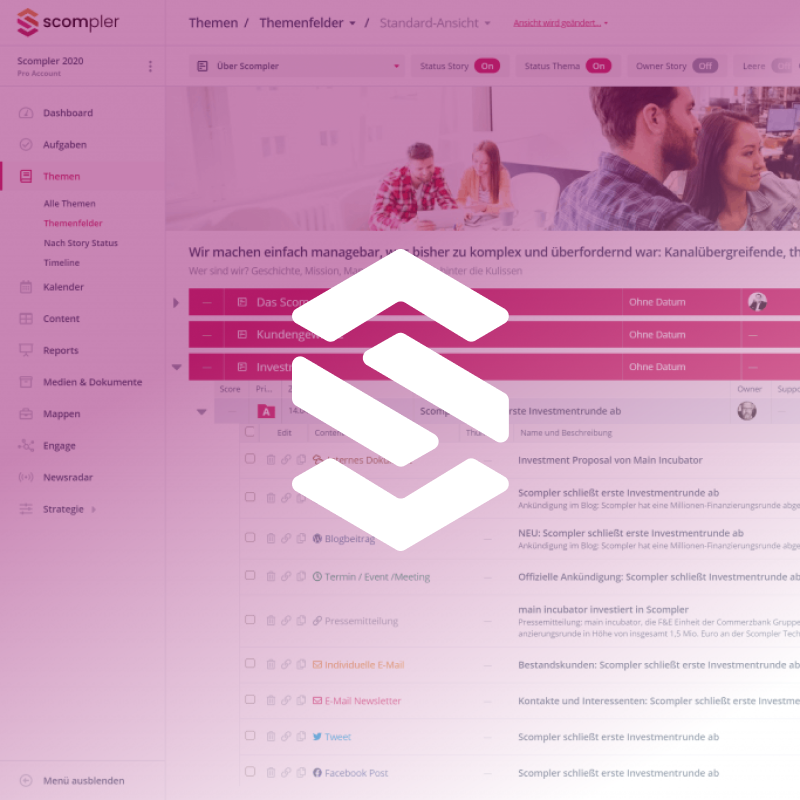
Scompler
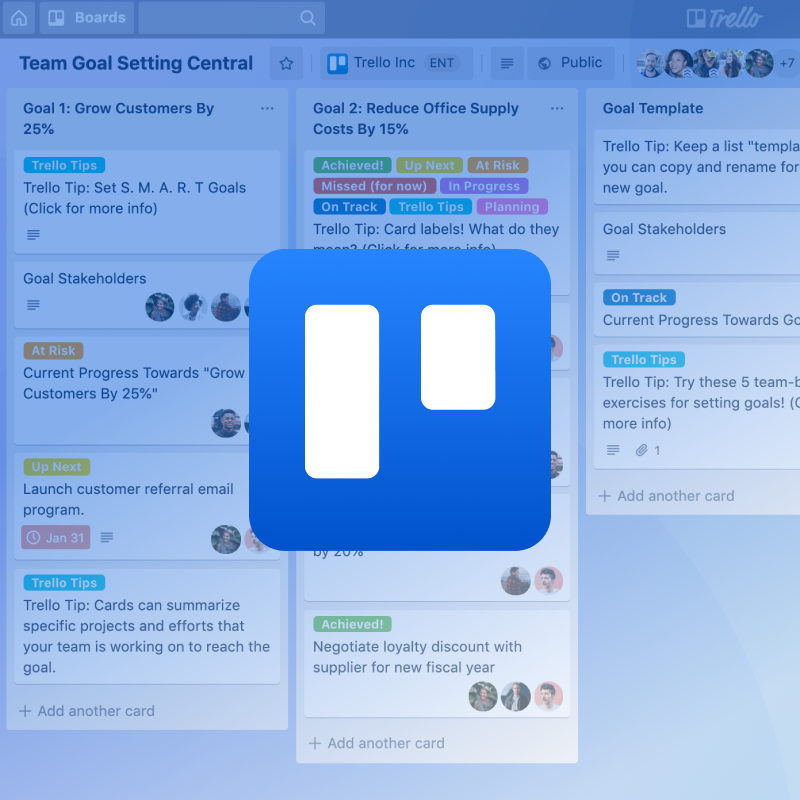
Trello
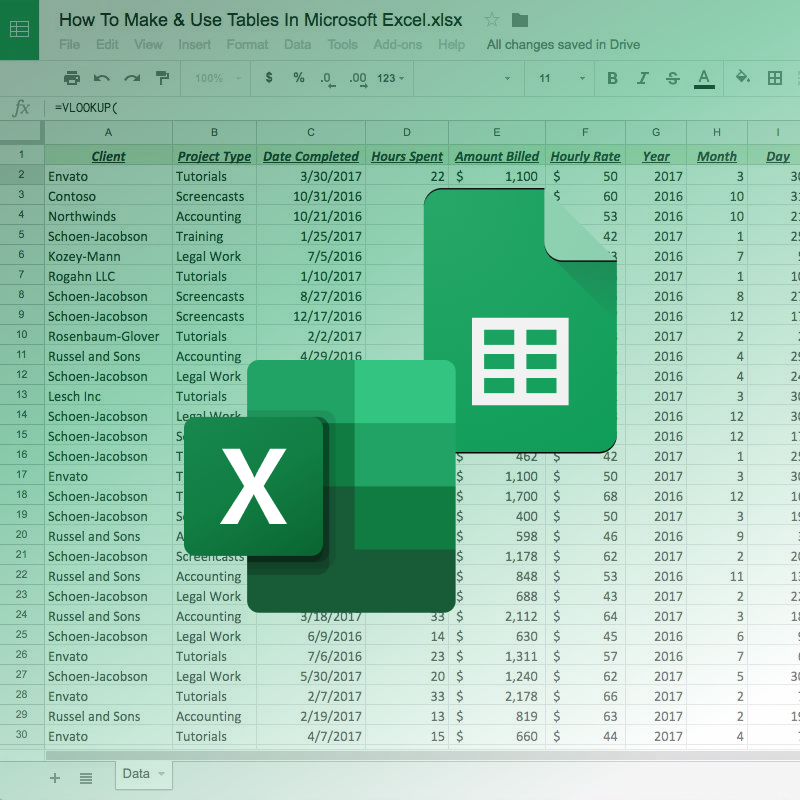
Excel/Google Sheets
"When creating an editorial plan, a well-thought-out and topic-oriented approach is crucial to the success of your content strategy. Use the right tools and a structured way of working to ensure your content is always relevant, engaging and targeted."

Mirko Lange
Founder, Scompler Technologies GmbH
Advantages of the Scompler app compared to other tools
If you are creating an editorial plan, the Scompler app makes it easier to coordinate and optimize your content strategy, especially for large-scale projects. Scompler offers numerous advantages that are specifically tailored to the needs of larger teams and more complex content projects. One of the biggest benefits is the improvement in collaboration between team members: Clear assignments of tasks and responsibilities, as well as the ability to leave feedback and comments directly in the app, make team communication much easier. In addition, the extensive analysis and reporting functions of Scompler allow you to track and adjust the performance of your content strategy in detail.
Get started today and optimize your content strategy with Scompler. Simply book a demo appointment with one of our experts!
Want to find out more?

Ready to combine strategy and content?
Book a demo appointment or try Scompler One for free to discover the app today!
Relevant articles
Learn how to grow your business with our expert advice.
Scompler Mirko Lange leaves operational business: "Scompler in an excellent position"
Data-based communication is seen as an important trend in content marketing and corporate communication, especially due to the influence of AI systems such as ChatGPT. Market and opinion research offers companies an exclusive and strategically valuable database for PR and marketing. This data makes it possible to identify trends and measure the effectiveness of campaigns. However, a survey by Scompler and Civey reveals that only around 25% of companies actually use this data. This shows a significant untapped potential that could be exploited more to improve communication and gain competitive advantage.
